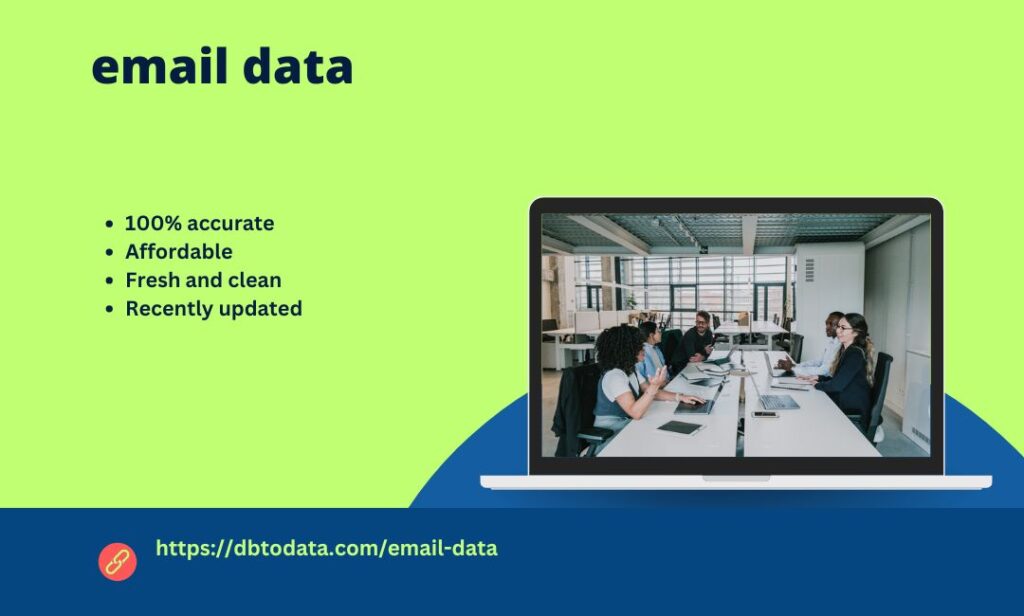Effective Facebook advertising is the result of several key elements. Properly selected photos or graphics, attractive text, clear call-to-action and appropriate targeting are the keys to success.
Facebook Advertising Creation: Visual Attraction
Creating Facebook ads requires creativity and the ability to attract attention in a fleeting way. Interesting photos, graphics or videos can effectively interest users.
Facebook Ads Optimization: Improving Results
Optimization is key to improving campaign results. By analyzing data and adjusting campaign elements, you can achieve better and better results.
Facebook Ads Conversions: A Target Worth Hunting For
Conversions are the lifeblood of many campaigns. Facebook Ads lets you monitor conversions and adjust your efforts to maximize them.
Facebook Remarketing Campaigns: Reaching Known Users
Remarketing is a tool that allows you to reach people who have already had contact with a brand. Remarketing campaigns on Facebook can effectively encourage them to come back and make a purchase.
Facebook Advertising Budget: Optimal Planning
Budget is an important element of a campaign. By properly planning your Facebook Ads budget, you can effectively use available funds and achieve the best results.
How does Facebook Ads work in practice?
The operation of the Facebook Ads advertising system in practice consists of creating an advertising campaign in several steps. We can do it even in netherlands email list a dozen or so minutes if we already know how to do it. The entire process is based on going through three stages, in which we will choose the appropriate advertising options.
The first is to define the goal of the advertisin
Campaign, such as image goals, conversion 5 strategies to generate more black friday sales with live chat goals, or increasing brand reach. There are about a dozen of them, and each of them has its own different advertising campaign configuration options — appropriate to the main goal.
In the next step, we will define the budget adb directory and advertising schedule, as well as all the settings related to the type of billing or the operation of the advertising campaign itself. Here we also define targeting, i.e. the parameters that the recipients of our ad must meet or not meet in order to see it.

